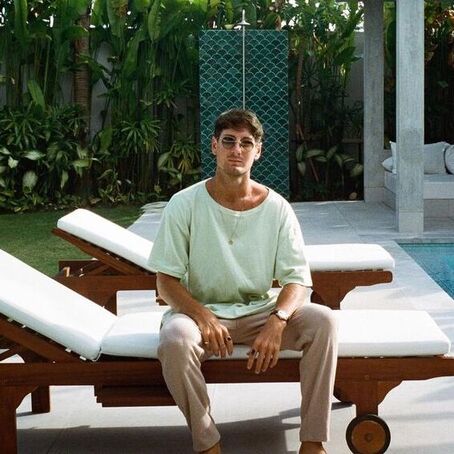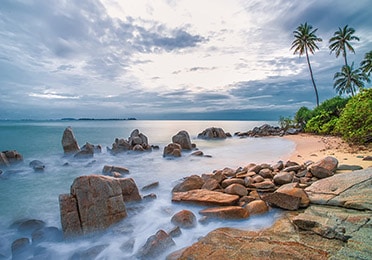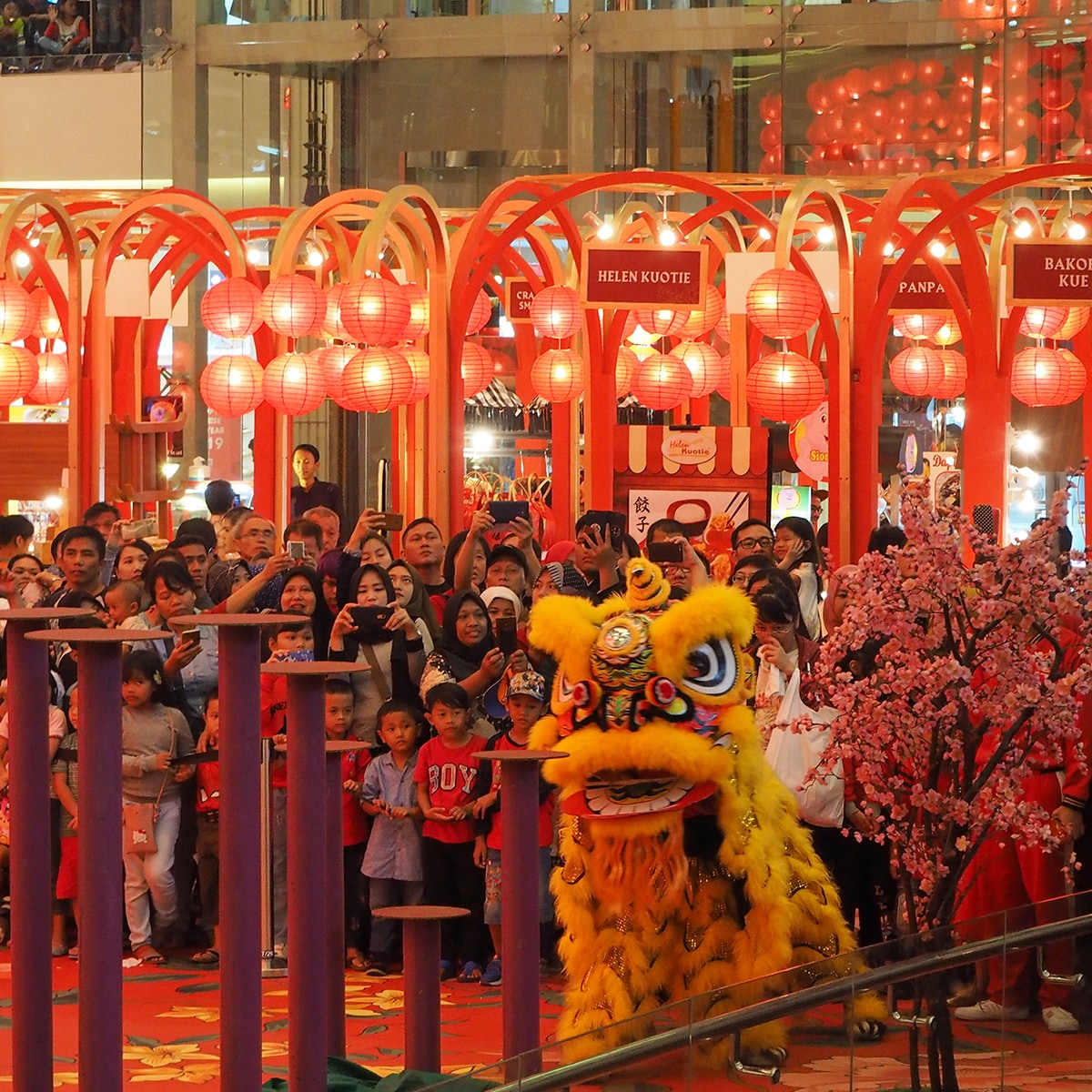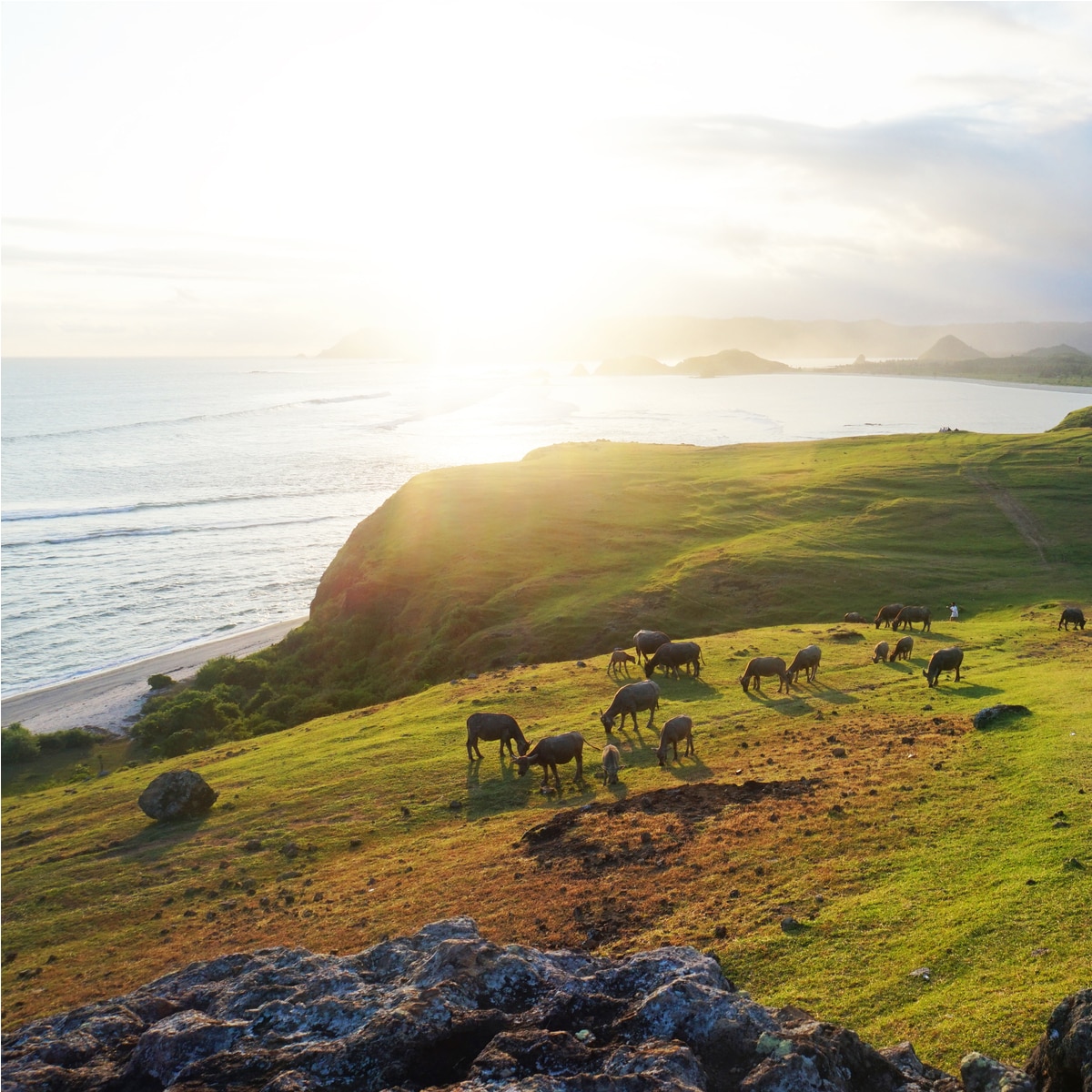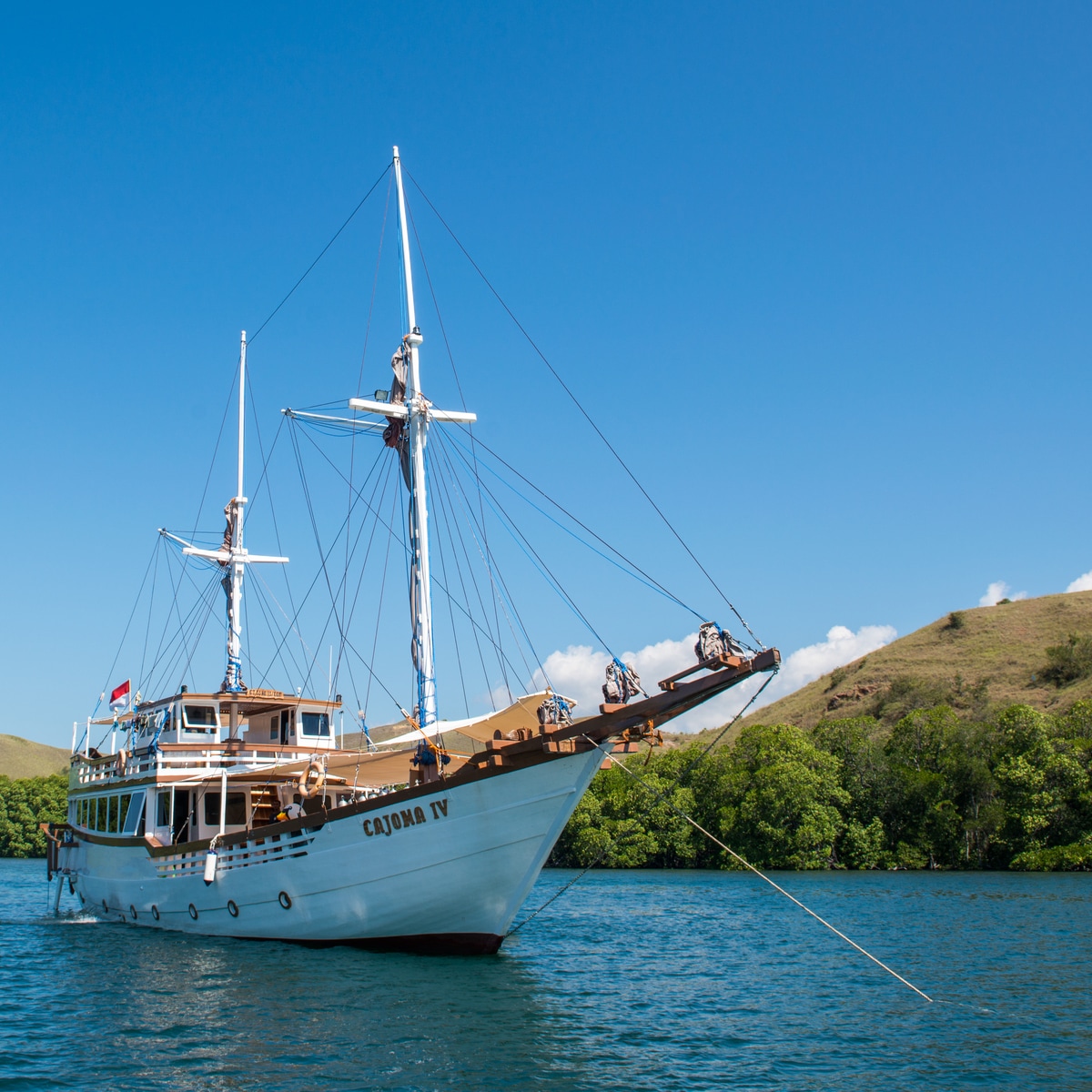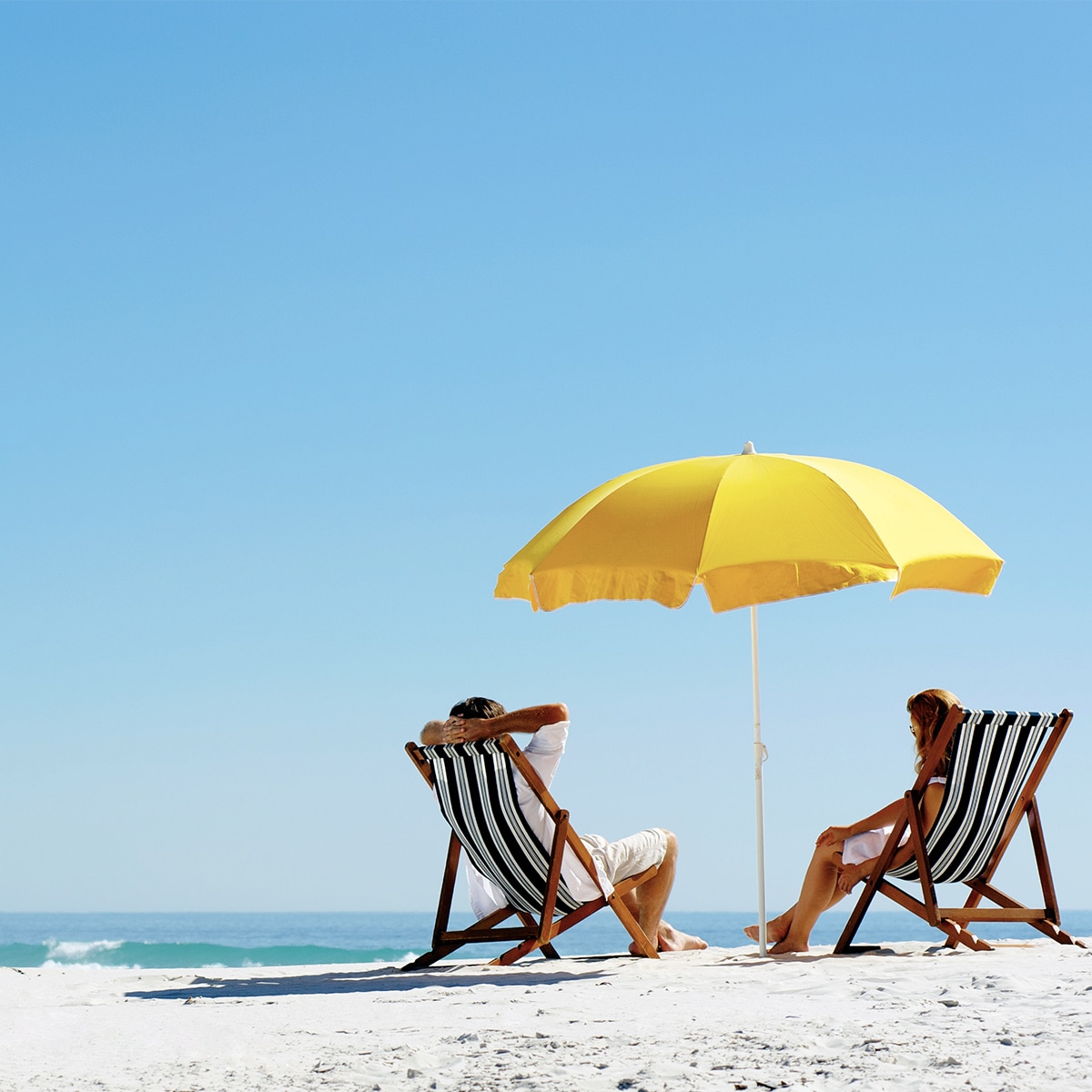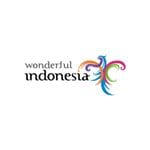Journey into the Surreal Sebung River Mangrove Forests of Bintan
Located south west of the extensive Bintan Resorts tourism area, just at its very border, are pristine mangrove forests bisected by the meandering, clear river of Sungei Sebung. This 6.8 km long river has its source in the hillside lakes whose waters are collected from the rains and not from the ground as spring water. The mangrove forests that once used to be cut down by the locals to obtain wood for charcoal and building materials have now been left alone to return to their original state ever since tourism now promises a better future through the preservation of the forests and river: precisely the natural environment that tourists seek and love.

And so today, visitors can take a boat ride almost right to the source of the river, and experience a thrilling trip into the world of tropical mangroves: watch monkeys, kingfishers, otters, tree snakes and even thousands of fireflies create glowing lights at night, sparkling up the bushes like Christmas trees. At the same time visitors assist in preserving this precious pristine environment from destruction.
In 2003 the Bintan Mangrove Discovery Tours was awarded the PATA (Pacific Asia Travel Association) Gold Award for Ecotourism/Travel Related Project.
Mangroves protect coasts from Tsunamis
Mangroves are very hardy and functional plants. Living as they do from seawater to fresh water and brackish or partially salt water in between, their strong roots create a natural water treatment system efficiently absorbing nutrients from the water. Experts estimate that one hectare of mangrove forest does the work equivalent to a mechanical water treatment plant worth USid="mce_marker"23,000. Their roots also absorb nutrients from the water and create a nursery for reef fishes and prawns. At the same time mangroves are known to protect the coast from destructive tsunamis. The incoming and outgoing tides at Sungei Sebung clean the river from trash and dead leaves, creating a healthy and clear water ecosystem.
Sungei Sebung has four kinds of Mangroves. These are the pencil roots Avicennia, mostly found at sandy shores that have pencil-like breathing roots and small yellow flowers. This type has the largest tolerance for saltwater. Then there are the stilt roots Rhizophora. The stilt roots allow free flow of the tides by hovering above the ground while still providing coastal protection. While the knee roots Bruguiera are found in areas with a mixture of salt and fresh water, and can grow up to 30 meters tall. Some have pretty red flowers. Whereas, the ribbon roots Xylocarpus is predominantly fresh water based. They carry fruit the size of a football. Wildlife that have made the Sungei Sebung mangroves their habitat are macaque monkeys, mostly of the silver leaf type, that are notable for their black faces lined with white. There are also purple herons found among the mud-flats at low tide. You may also meet otters, monitor lizards, mud skippers and a number of species of Kingfisher birds. Discover the black mangrove snake with yellow stripes all curled up on tree branches.
